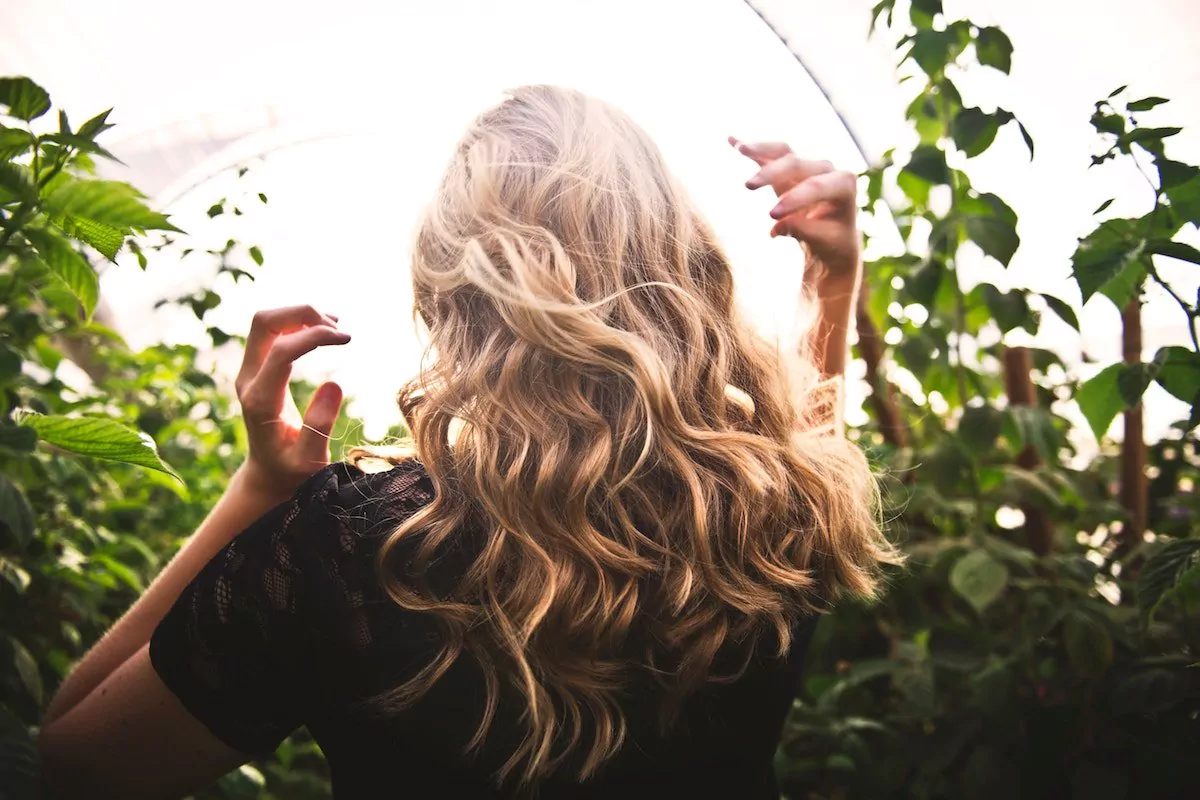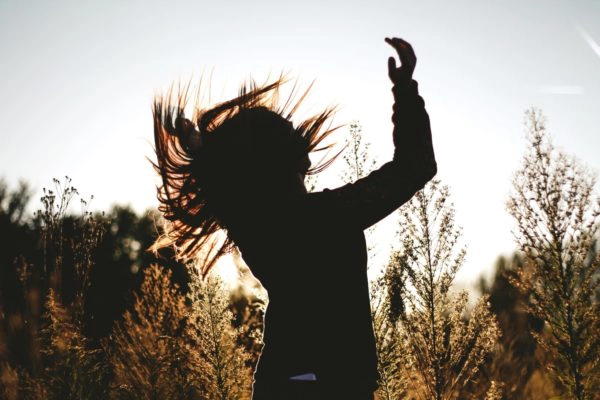
The harsh chemicals in your shampoo are actually stripping your locks of nutrients and
creating a dependency on the product.WHY YOUR SHAMPOO JUST ISN'T WORKING
Until recently almost all convenience store shampoos contained sulfates, strong detergents used for stripping oils from the hair and scalp. Within the past decade more people are turning to sulfate-free options, so some brands have responded by providing these options.
However, a majority still contain sulfates which end up severely drying out your hair, leaving it frizzy and brittle. The shampoo companies know what they’re doing. The more damage done to your hair, the more your body will try to overcompensate with additional oil production. This means more showers, more shampoo use, and more sales.
WHAT'S HIDING IN YOUR SHAMPOO?
In addition to sulfates most shampoos also contain other harmful components like…
- Sodium Chloride (aka salt) which dries out your scalp, making it dry and itchy
- Paraben, a preservative linked to increase growth in cancer cells
- Triclosan, an antibacterial agent known to cause hormone disruption and has been banned in hand soap but ironically is still acceptable for shampoo
- Dimethicone, which is basically plastic, causes product buildup making your hair feel gunky after repeated uses
- Synthetic Fragrances are filled with chemicals, but FDA doesn’t require the chemicals to be listed so companies can keep their signature smells a secret. Don’t be fooled these chemicals are linked to many diseases, have been found in mother’s breast milk pointing to absorption through the skin, and are illegal abroad.
- Formaldehyde… yup, the stuff used to preserve dead bodies. It’s a carcinogen that is known to be absorbed through the skin and is used in shampoo as a preservative. Because manufacturers chemically alter the chemical to release over time they were able to rename it and slap it on the label in a more conspicuous manner.
While these alone might be enough to scare you off shampoo, here is an extensive list of harmful chemicals found in hair products.
but what about a shampoo alternative?
There are good all-natural options out there, but let’s be honest, my paycheck isn’t supporting some European hair serum imported straight from the Fabio’s shower. So for a long time I settled for a non-sulfate shampoo and tried not to worry about the rest.
To my naive surprise, I still barely made it through the day without my hair going flat from excessive oil. It turns out that like any bodily system, our scalp’s oil production adjusts to our routines. Washing your hair everyday trains your scalp to over-produce natural oils in an attempt to make up for them constantly being stripped.
Finally, I turned to the no-poo movement.

the no-poo movement
The no-poo movement is all about oil training your hair and returning it to its natural state of oil production, which is shockingly lower than you would assume.
Once your hair is fully oil trained you can go about two weeks without having to wash it. But for the sake of your office mate or whichever poor soul sits next to you on the subway… please continue showering. Wash your body, but keep your hair dry.
Here are some tips for making your transition to the no-poo life as easy as possible.
1. KEEP YOUR HAIR DRY
You might assume that wetting your hair will help keep things tame, but adding water into the equation actually spreads the oil around and can make you feel much more greasy than you actually are.
Since we aren’t giving up on showers all together I would recommend buying a shower cap.
2. APPLE CIDER VINEGAR
Apple Cider Vinegar is a great natural cleanser to use between showers. It helps remove some of the oil build-up and it’s antibacterial properties are good for keeping up with hygiene between washes. It’s best to wet your hair then massage the vinegar onto your scalp and brush from the roots down to pull it through your hair.
Keep it in for about 3 min, then rinse for a little pick-me-up between washes. Some people add fresh rosemary to the apple cider vinegar to give it a more floral smell.
3. DRY SHAMPOO IS YOUR BEST FRIEND
Dry shampoo or a natural clay is your saving grace for the special occasions in between washes. If you’ve got a date or a business presentation and you’re feeling greasy throw some baby powder on the roots of your hair and fluff it up until it’s blended nicely. Double check you’ve blended it well otherwise your date will think you look more like silver fox than a sexy fox.
While dry shampoo is nice when you’re in a crunch, try to use it sparingly because it causes build-up on the scalp and will make your hair even greasier in the long-run.
LIFE HACK: We love using our Purifying Mud Mask powder as a dry shampoo. The Rhassoul Clay is a natural alternative to baby powder that easily absorbs excess oils and moisture.
when to shower and when to hold out
You’re going to feel a little greasier than you’re comfortable with in the beginning of the process. But I promise you don’t look as oily as you think you do.
It’s tough to judge in the beginning so keep those friends who are always a little too honest close by and ask them if the grease is too much. Most of the time, you’ll find they didn’t even notice.
SCALP TESTING
To be blunt, I didn’t wash my hair until it smelled. A good way to judge this (if you don’t have a friend willing to take a wif) is to smell your brush or run your hands through your hair close to the scalp and smell them. Trust me, if your hair smells these things definitely will too.
Often times people who are oil training their hair will see differences in their scalp. If your head feels itchy, irritated, or flakey it’s time to wash.
OIL TRAINING YOUR HAIR WHEN WORKING OUT
A big struggle for me was letting go of washing after every workout. I used to wear hats when I worked out, but after oil training I now opt for a high ponytail to avoid extra flatness. Although my hair didn’t look any worse after a workout, I started getting pimples in my hair line.
To combat this, I take a cleansing pad and saturate it with water, then pour a splash of apple cider vinegar on it and rub it on my hairline after a workout. It helps me feel fresh even after sweating my brains out.
how long does it take?
For me, oil training my hair took about three weeks. I started off washing my hair every day and now I wash about once every other week.
My hair is thick and wavy which helps hide some of the oiliness, but it’s different for everyone based on your ethnicity and hair type.
Since oil training can be such a different process for each person, don’t get discouraged if you’re not seeing the results you wanted in three weeks. For some people the process takes up to three months.
Push through the grease and you’ll be saving money on shampoo and your water bill, while enjoying a luscious, bouncy do.
https://www.annmariegianni.com/oil-training/
Комментариев нет:
Отправить комментарий